Orthomolecular Medicine News Service, March 21, 2018
by Ralph Campbell, MD
Sore throat is a very common ailment with a wide range of severity. Let’s start with the worst first. When we say Strep infection, we usually are speaking of an infection caused by the group A beta hemolytic strain of streptococci or streptococcus pyogenes. Pharyngotonsillitis, or just plain tonsillitis, is usually referred to as being a group A or (GABH) strep infection. This infection typically causes striking signs and symptoms. A young child doesn’t have to tell you they have a sore throat; a parent can see (or sometimes even smell) why. A victim usually is sick: either listless or irritable, has a substantial fever, has swollen, tender lymph nodes in the neck and white streaking (a form of pus) on the tonsils. Often with this infection, the entire ring of lymphoid tissues, from the tonsils to the bumps on the base of the tongue, with the adenoid in between, is inflamed and swollen, as are the local lymph nodes on the outside. This can lead to the spoken voice sounding as if the mouth is full of marbles with a lack of resonance – similar to the effect of stuffing a violin with Kleenex.
The most frequent problems from streptococcus bacteria, if not treated, are purulent (pus producing) complications: Otitis media, sinusitis, peritonsillar abscesses and cervical adenitis. Sequelae include rheumatic fever glomerulonephritis and scarlet fever, with its “sandpaper-like” rash, which may occur independent of a throat infection but should be treated the same way. This is also true with impetigo (a skin infection with itching and scabbing over). Children under 3 are not very susceptible to this type of infection, and adults are less susceptible than school-aged children. The streptococcus bacterium can’t invade intact skin, but chicken pox can pave the way. Other, more severe, infections can result indicating, again, the need to treat those in the susceptible age group. There are several “quick” tests and the old reliable one of swabbing the tonsils and inoculating a blood-agar culture plate. Since a tonsil swab must contain purulent material from the tonsils in order to catch the infection, the test is difficult to perform in young children. So if the child has a sudden onset of fever, pain on swallowing, abdominal discomfort, headache and especially enlarged and tender cervical lymph nodes, he/she might be considered for treatment, forgoing the testing. Even when a child is fortunate enough to have a very mild infection, if it lasts for two or three days he should be checked, because of rare but very serious complications of an untreated Strep A infection.
Rheumatic fever
There may be a slight genetic predisposition to rheumatic fever (RF), but a sub-par immune system is more of a factor in susceptibility. The group A strep bacterium can confuse the immune system by causing some or all of the immune system’s antibodies to attack normal tissues, which some call molecular mimicry and others, auto-immune disease. In the case of RF, it can attack heart valves or heart muscle itself, joints, or even the brain. The signs and symptoms of RF arrive 2-4 weeks after infection.
The most dramatic secondary problem is when arthritis develops. A joint can be so severely affected that it is swollen, hot to the touch and so painful that just the weight of a light blanket is nearly unbearable. The problem can move from one joint to another. Heart valves, or the heart muscle itself, may be hit, producing effects that might be detected fairly soon after RF begins, with the aid of tests such as an EKG (electrocardiogram) or an ECHO cardiogram. Strange symptoms of the nervous system, labeled as Sydenham’s chorea (formerly known as St. Vitus’ dance) can include uncontrollable jerky movements, facial muscle twitching, bursts of crying or inappropriate laughing, difficulty concentrating, or not being able to perform the mechanical part of writing.
We also must remember that this same nasty strep bacterium can cause glomerulonephritis, a very serious kidney disease that can eventually lead to kidney failure. Like RF, it is an autoimmune disease that develops a few weeks after a Group A strep infection in either the throat or from impetigo. One more incentive to nip the infection in the bud.
Testing and treatment for Strep infections
Anytime Strep A infection is identified in this susceptible age group, it should be treated with an appropriate antibiotic. Amazingly, in spite of the development of antibiotic superbugs, penicillin, in one form or the other, is still the drug of choice. When penicillin first came on the scene, incidence of RF dropped dramatically, and has remained so with incidence figures in the U.S. and other developed countries currently as low as 2/100,000. Prevalence in school-age children probably is due to confining them in close quarters, similar to the problem in military bases in which diseases like meningitis spread rapidly. A recent surge in strep infections and associated complications is believed to be due to more people being medically underserved in poorer communities. A group A strep infection is normally first confirmed either with a blood test or by swabbing an infected tonsil and inoculating a blood-agar plate with the swab. Since it is difficult to get a swab replete with exudate from the tonsils of a very young child, the doctor might very well abandon the swab test for the blood test. Having a test for confirmation is most desirable, but if a test is “iffy,” the doctor might go on clinical experience when there are clear signs and symptoms of strep disease. If the patient is allergic to penicillin, then another effective antibiotic is chosen.
For acute arthritis, aspirin for many decades has proven effective for reducing the inflammation and associated pain. With the later development of other non-steroidal anti-inflammatory drugs (NSAIDs), such as ibuprofen (Advil) or naproxen (Alleve), aspirin has generally been replaced. If these drugs do not provide sufficient relief, a corticosteroid might be prescribed, but this treatment has been given mixed reviews in which some feel it doesn’t do much more than the simpler treatment and is fraught with more severe side effects. Long term use of NSAIDs can cause kidney damage that must be considered when they are prescribed.
Other sore throats
The virus that causes the common cold and many other viruses bring about much milder involvement of lymphoid tissue than Strep A infections. Tonsils and that bumpy area of lymphoid tissue at the base of the tongue are often involved. One can detect that the tissue at the base of the tongue is involved when there is a feeling that food particles are stuck there and need to be brushed off. Lymph nodes other than those next to the “Adam’s apple” may be palpable, such as posterior cervical (a string of them on the back of the big neck muscle) and, with an infant with roseola infantum, nodes in the back of the neck where the neck muscle joins the skull (the occipital ridge). Having swollen nodes in strange places often indicates a viral infection. Many virus infections cause post-nasal drip that results in the throat needing frequent clearing – an annoyance but hardly worthy of the word “sore.”
Prevention and treatment with nutrition
An excellent treatment for an existing sore throat or to prevent an infection from taking hold is megadoses of vitamin C. Taking vitamin supplements and other essential nutrients is a very effective standard approach to fighting illness that comes under the category of Orthomolecular Medicine. Huge doses of vitamin C given orally (or in the care of a doctor, through IV injection) can knock down a viral or bacterial infection by neutralizing toxins produced by the infection and by souping up the immune system for a more powerful fight against the bacteria and or viruses. [1] Oral doses of vitamin C can be guided by its tendency to cause a laxative effect. The daily dose should be proportional to body weight; 15-50 mg/pound/day, or for infants and children, 500 mg for every year of their age, in divided doses: 1 year, 500 mg/day, 130 mg/meal , or smaller doses taken more often. When this causes loose stool, reduce the dose by 30-50%.
A good start for children is to mix powdered 500 mg vitamin C (1/8 level tsp) in juice, for example orange, pineapple, or grapefruit juice. Or give children 500 mg citrus-flavored vitamin C gummies. You can break or cut tasty chewable tablets in half or quarters to divide the doses. Crushing a hard tablet between two teaspoons gives you a fine powder to feed on a moistened fingertip, or in food or liquid. To reduce acidity you can purchase buffered vitamin C (sodium ascorbate), which some children prefer the taste of.
For a severe infection, you can increase the dose by 2- to 10-fold, as the body needs more vitamin C when stressed with illness and absorbs more from the gut.[2] Vitamin C is essential for many important biochemical pathways, including the synthesis of collagen, an important protein in skin and mucus membranes inside the mouth, tonsils and throat. An adequate level of vitamin C helps the tissues lining the mucus membranes recover from an infection. [1,2] Vitamin C is very effective in addition to penicillin treatment in strep infections, and all virus-caused sore throats.
Vitamin D, especially when taken during the winter months, can help prevent infections if taken at adequate doses. [3-5] To make sure that by winter a child’s vitamin D levels are high and fully protective, it is helpful to give supplements of vitamin D (start with 100 IU/pound/day for 2 weeks, then continue with 35-50 IU/pound/day) in the fall and winter months. Magnesium (1-3 mg/pound/day) can help increase the efficacy of vitamin D. The best absorbed form is magnesium chloride which is available in liquid form for mixing with water or juice. [6] In addition, a soothing licorice-based cough drop can help reduce irritation from a virus-caused sore throat. If the throat is uncomfortable due to postnasal drip, using a nasal spray followed by forceful clearing may help.
It’s important that the reader learn how to get the immune system to function at maximum strength in preparation for the next bout of infection. Taking a daily multivitamin along with vitamin C, D, and magnesium, is a good way to start. But for best immune system function, serve excellent meals consisting of lots of vegetables and fruits, including colorful peppers, squash, carrots, beans, as well as a generous serving of dark green leafy vegetables (collards, kale, spinach). Additionally, moderate quantities of eggs, fish and meat may be included. Pasta, rice, crackers, and cookies should be a small part of the meal, and they should be unprocessed. Examples include whole wheat pasta, brown rice, crackers and cookies made from whole grain flour or the equivalent unprocessed gluten-free flour.
Drug side effects
Any drug has undesirable side effects; so thought should be given to this when taking a NSAID, Long term use can lead to kidney failure. These drugs should be used more for their immediate anti-inflammatory effect than their pain relief ability. “Sore,” being a variation of “pain,” is a very subjective thing. A patient (or the parent) should ask if this sore throat is merely a discomfort and is not really bad enough to justify taking a pain killer. The older child might find comfort in sipping a warm drink, such as a thin soup or tea. Buffered vitamin C crystals are effective mixed in with water, juice, or warm liquids.
Tonsillitis
The history of how tonsillitis has been dealt with is interesting. In the 1930s of my childhood, if a parent had the financial means, the thing to do was to have your child undergo a tonsillo-adenoidectomy as soon as he was old enough to withstand the procedure. There apparently were no questions asked about why these clumps of lymphoid tissue were there in the first place. More thought was applied by the 1950s when there was an attempt to let children keep their tonsils until they suffered more than three bouts of tonsillitis per season. Realizing that those large pieces of lymph tissue were the first line defense against invading bacteria by providing a home for blood cells that fight bacteria, some forward-looking ENT surgeons suggested to parents that their children keep their tonsils as long as possible. If frequent middle ear infections were a problem, an adenoidectomy (removing the almond-shaped tissue that is blocking the ear tubes) could be considered, while sparing the tonsils.
Conclusion
If one has been following principles of orthomolecular medicine for their children, it is unlikely, with only a 2/100,000 chance of serious consequences, that a child without antibiotic treatment will be in trouble; so no need to worry. Vitamin C is non-toxic even in huge doses, and if given in adequate doses early in an infection at the first sign of a sore throat, can prevent a serious worsening infection. But then, might the child be one of the 2/100,000? Unfortunately, there are no studies, and never could be, of those little ones who are exposed to strep A but do not suffer serious sequelae. The decision about treatment with antibiotics needs a knowledgeable health care advisor who understands nutritional principles as well as pharmacology. [1,2,6-8]
(Pediatrician Ralph Campbell, MD, is Contributing Editor for the Orthomolecular Medicine News Service. He is the author of The Vitamin Cure for Children’s Health Problems and also The Vitamin Cure for Infant and Toddler Health Problems.)
References:
1. Levy TE. Curing the Incurable: Vitamin C, Infectious Diseases, and Toxins, 3rd Edition (2011) Medfox Pub (2011) ISBN-13: 978-0977952021
2. Case HS. Vitamins & Pregnancy: The Real Story: Your Orthomolecular Guide for Healthy Babies & Happy Moms. Basic Health Pub. (2016) ISBN-13: 978-1591203131
3. Mamani M, Muceli N, Ghasemi Basir HR, et al. Association between serum concentration of 25-hydroxyvitamin D and community-acquired pneumonia: a case-control study. Int J Gen Med. 2017, 10:423-429. https://www.ncbi.nlm.nih.gov/pubmed/29180888
4. Martineau AR, Jolliffe DA, Hooper RL, et al. Vitamin D supplementation to prevent acute respiratory tract infections: systematic review and meta-analysis of individual participant data. BMJ. 2017, 356:i6583. http://www.bmj.com/content/356/bmj.i6583.long
5. Urashima M, Segawa T, Okazaki M, et al. Randomized trial of vitamin D supplementation to prevent seasonal influenza A in schoolchildren. Am J Clin Nutr. 2010, 91:1255-60. https://www.ncbi.nlm.nih.gov/pubmed/20219962
6. Dean C. The Magnesium Miracle. Ballantine Books. 2017. ISBN 9780399594441.
7. Hoffer A, Saul AW. (2008) Orthomolecular Medicine For Everyone: Megavitamin Therapeutics for Families and Physicians. (Paperback) ISBN-13: 9781591202264
8. Gaby A. Nutritional Medicine (2nd Ed) Fritz Perlberg Pub. (2017) ISBN-13: 978-1532322099
Nutritional Medicine is Orthomolecular Medicine
Orthomolecular medicine uses safe, effective nutritional therapy to fight illness. For more information: http://www.orthomolecular.org
The peer-reviewed Orthomolecular Medicine News Service is a non-profit and non-commercial informational resource.
Comments and media contact: drsaul@doctoryourself.com OMNS welcomes but is unable to respond to individual reader emails. Reader comments become the property of OMNS and may or may not be used for publication.
Click here to see a web copy of this news release: http://orthomolecular.activehosted.com/p_v.php?l=1&c=88&m=92&s=0e0d78da83be6d3cb8ea246a5b63bd52



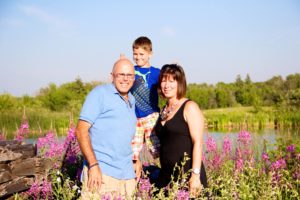
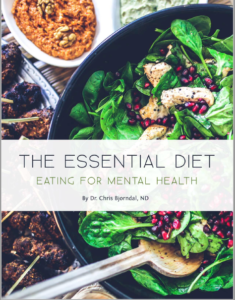
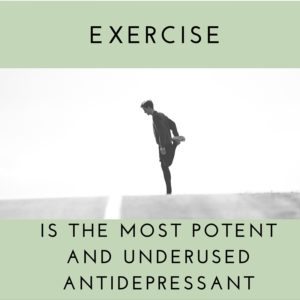
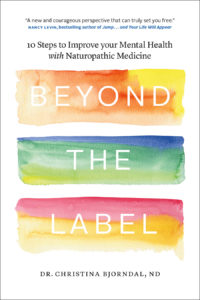 Don’t let your mental health struggles take control of your life any longer.
Don’t let your mental health struggles take control of your life any longer. e. Using a stepwise practice you can learn to widen the space between thoughts and emotions and learn to separate fact from fiction. You will learn that thoughts and the emotional reaction to thoughts don’t have to run your life. You can learn a more balanced approach to thinking. This practice uses a cognitive model to recognize and work with distorted thought patterns, as well as body-focusing techniques and breathing to harness the parasympathetic nervous system and modulate the physiological stress response.
e. Using a stepwise practice you can learn to widen the space between thoughts and emotions and learn to separate fact from fiction. You will learn that thoughts and the emotional reaction to thoughts don’t have to run your life. You can learn a more balanced approach to thinking. This practice uses a cognitive model to recognize and work with distorted thought patterns, as well as body-focusing techniques and breathing to harness the parasympathetic nervous system and modulate the physiological stress response.



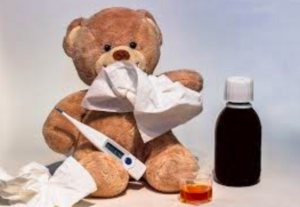
 The fever is too high if your child flops like wilted flowers, their eyes are rolling or their mouth is sagging or dry. In extreme and rare cases, your child may have a febrile seizure. The seizure may look scary, but there has been no evidence that they cause permanent damage. Ensure that if any of the above severe situations occur, your child is looked at by your ND, MD or taken to the ER. If dehydration is severe, you may have to take your child to the ER in order to become re-hydrated.
The fever is too high if your child flops like wilted flowers, their eyes are rolling or their mouth is sagging or dry. In extreme and rare cases, your child may have a febrile seizure. The seizure may look scary, but there has been no evidence that they cause permanent damage. Ensure that if any of the above severe situations occur, your child is looked at by your ND, MD or taken to the ER. If dehydration is severe, you may have to take your child to the ER in order to become re-hydrated.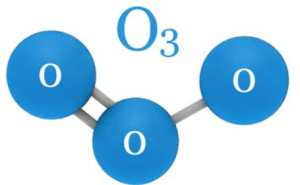
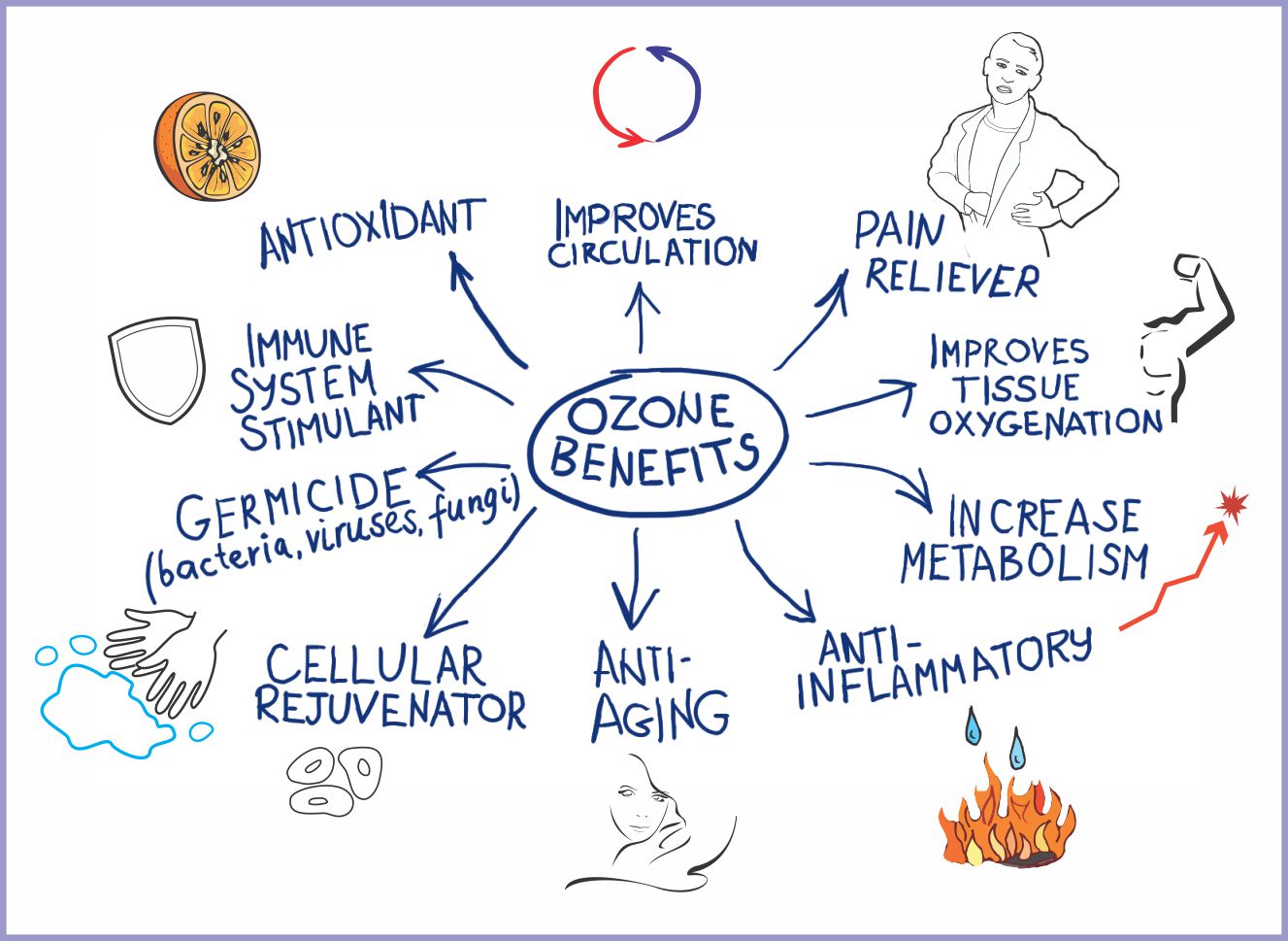
 Our adrenal glands are a pair of organs on top of our kidneys. They are small and mighty: they produce hormones that regulate important body functions like water balance, metabolism, blood pressure, and the body’s response to stress.
Our adrenal glands are a pair of organs on top of our kidneys. They are small and mighty: they produce hormones that regulate important body functions like water balance, metabolism, blood pressure, and the body’s response to stress.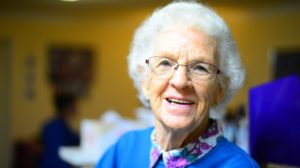 When we are caring for a dying parent, we end up holding our breath, putting everything on hold, and doing all that we can in the moments in between – essentially giving all that we have – that our tanks run empty.
When we are caring for a dying parent, we end up holding our breath, putting everything on hold, and doing all that we can in the moments in between – essentially giving all that we have – that our tanks run empty.